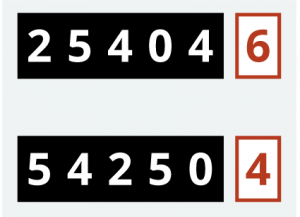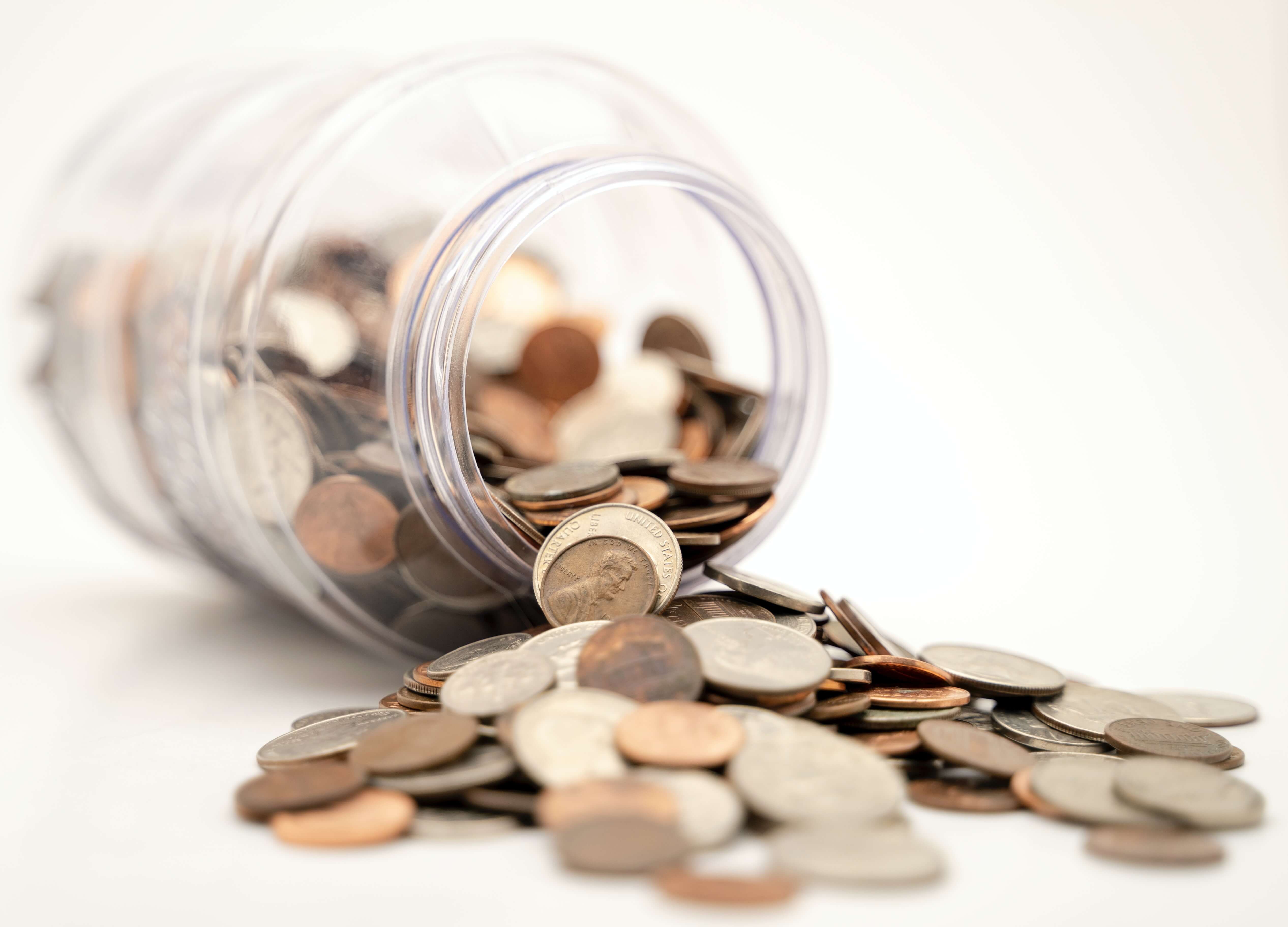Your electricity and gas meter tracks how much energy is being used and helps the supplier calculate your bill to determine your monthly direct debit (if this is how you pay for your energy). When the energy supplier does not receive a meter reading, an estimated bill is generated and could leave you with bills that are too low or high.
You should give your supplier regular gas and electricity meter readings - you should be able to do this over the phone or via your supplier online account - which we’ll set up for you.
There are a wide variety of gas and electricity meters being used in the UK, but we’ve outlined the most popular meters and those which you’re most likely to have in your home. If you have a meter type which we haven’t covered here please do get in touch and we’ll walk you through how to take a reading.
Electricity meters
How to read a single rate digital meter

This meter reading is 75085. Ignore the red number.
A digital meter has an electronic or digital display. It shows 5 numbers in black or white and may also display 1 or more red numbers.
To read the meter:
- The first 5 numbers shown from left to right is the meter reading.
- Ignore any numbers in red or any others.
How to read a two-rate digital meter (Economy 7)

This meter, sometimes called an economy 7 meter, has 2 readings - 25404 and 54250. You'll need to give both readings to your supplier.
If you get cheaper electricity during peak and off-peak times, you might have a two-rate, dual-rate or an economy 7 meter. This means it will have 2 rows of numbers.
The top row, labelled low or night shows how many units of cheaper electricity you’ve used during off-peak periods. The bottom row, labelled normal or day, shows how many units of standard-price electricity you’ve used during peak times.
To read the meter:
- Take readings from both the top and bottom rows
- The first 5 numbers shown from left to right is the meter reading
- Ignore any numbers in red or any others
How to read a two-rate single display meter

This meter has 2 readings - 75085 and 46806. You’ll need to give both readings to your supplier.
Some dual-rate or two rate meters only have 1 digital display. There may be a button that you need to press to make the meter display the readings for the different rates or they will flash up the different (peak and off-peak rate) readings in a cycle.
To read this meter:
- Write down the numbers shown left to right
- Take readings from both the top and bottom rows
How to read a dial electric meter

This meter reading is 1 5 6 4 9
A dial meter has 5 or more dials. They each turn to point to a number between 0 and 9.
To read the meter:
- Read the first 5 dials from left to right
- Write down the number that the pointer has just passed
- Underline any number that the pointer is exactly over when you write it down
- Ignore the dial marked 1/10 (if there is one)
If you’ve underlined a number, check the next dial to the right. If the pointer on that dial is between 9 and 0, reduce the number you’ve underlined by 1. For example, a 6 followed by a 9 should be written as a 5 and underlined.
Gas meters
How to read a digital gas meter (Metric)

This meter reading is 00544.
A digital metric gas meter will have a digital or an electronic display, showing 5 numbers followed by a decimal point, followed by some more numbers.
To read the meter:
- Write down the first 5 numbers shown from left to right
- Ignore any numbers after the decimal point, sometimes in red
How to read a digital gas meter (Imperial)

This meter reading is 1860.
A digital imperial gas meter has an electronic or digital display, showing 4 black or white numbers, followed by 2 numbers in red.
To read the meter:
- Write down the first 4 numbers from left to right
- Ignore any numbers in red or any others
How to read a Dial meter

This meter reading is 7041.
A dial gas meter has 4 or more dials. Each one turns to point to a number between 0 and 9.
To read the meter:
- Read the first 4 dials from left to right along the bottom row only
- Write down the number closest to each pointer
If the pointer is between 2 numbers, give the lower number, if the pointer is between 9 and 0, write down 9.
Prepayment Meters
A pay-as-you-go meter will have a button on the front. By pressing the button, you will be able to see how much credit you have left. It also shows the amount of electricity that is being used and the cost per unit of electricity.
Smart Electricity Meters
Smart electricity meters are a new type of gas and electricity meter. They are able to send meter readings digitally to your energy supplier for more accurate energy bills. Smart meters offer an easy-to-understand display to help consumers understand their energy usage.
All electricity suppliers are required to offer their clients smart meters by the end of 2020. However, these are not compulsory, and consumers can choose not to have one installed. Government figures show that there have been over 12 million smart and advanced meters installed to date.
There are many benefits to switching. Estimates show that if all households switched to a smart meter, the total power saving in Britain would be equivalent to the electricity usage in Manchester, Liverpool, and Newcastle for a year. They also offer advantages to individuals including energy savings, no further estimated bills and an easy to understand display.
Another good way to save money on your electricity bills is to join a service like Switchd.
Understanding electricity meter readings
Being able to accurately read your electricity meter is important in controlling the amount of electricity that you use. This will also reduce your costs. Compare your meter readings against your most recent bills to check that what you are being charged matches what you have used.
By taking regular readings, you will be able to pay the correct amount for your electricity. It will also tell you if there is a fault in your meter readings before you are forced to pay extra.
If the rate that you are paying for electricity seems too high, consider switching using Switchd. It is quick and easy to do, and there won’t be any interruption to your power supply.
The importance of accurate meter readings
There are a number of different electricity suppliers in the UK, and each of them works differently. Some suppliers will ask for regular readings or send a staff member to read the meter. Others, meanwhile, receive automatic readings from smart meters.
Unless you have a smart meter, it is essential to be able to take readings. This is because you will either need to provide them to your supplier, or you will need the information to ensure that your bills are as accurate as possible. Additionally, regularly reading your meters will mean that you are immediately aware if there is a fault.
According to UK legislation, electricity meters are required to be within +2.5% and -3.5% accurate. Government figures show that 7% of the electricity meters tested since 2003 were faulty. These figures are based on electricity meters that were tested because of a suspected fault. This means that numbers could be much higher for the population as a whole.
So, what are you waiting for?
- We save you more time and money than comparison sites and our free competitors. And what’s more, you’ll only be charged for our service if and when we get you a saving of £50 or more.
- Its quick to sign up, then hassle-free thereafter.
- Auto switching is for those who want to save money, but don’t have the time or patience to keep switching. If you want to save money hassle-free, auto switching may well be for you.




